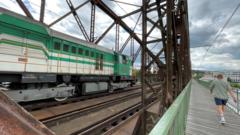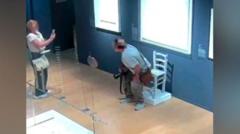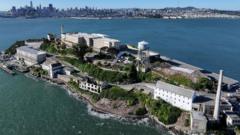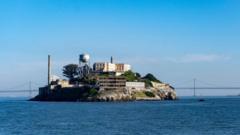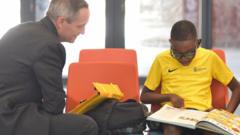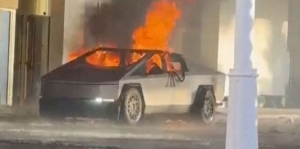**As Mosul's famed landmarks reopen, a community-driven restoration effort breathes new life into a city scarred by violence, signaling hope for the future.**
**Mosul Rebuilds: Landmarks and Lives Restored After IS Devastation**
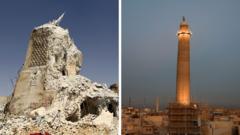
**Mosul Rebuilds: Landmarks and Lives Restored After IS Devastation**
**Historic mosques, churches, and community spirit revived in Mosul following years of destruction by Islamic State.**
In the wake of destruction caused by the brutal occupation of Mosul by the Islamic State (IS) group, the Iraqi city is witnessing a remarkable reconstruction of its historic sites and cultural identity. The restoration of churches, mosques, and vibrant neighborhoods is part of a comprehensive project organized and funded by UNESCO, initiated a year after Mosul was liberated in 2017.
On a recent Wednesday, local artisans, residents, and leaders from various religious communities gathered for a ceremony celebrating these restorations, attended by UNESCO’s director-general, Audrey Azoulay. The project aims not only to rebuild the physical structures that have stood as symbols of Mosul for centuries but also to restore the community's spirit, which has endured immense trials during IS's three-year reign.
In 2014, when IS took control of Mosul, the city became a graveyard for its rich multicultural tapestry. The group imposed its extremist ideology, systematically targeting and eliminating religious minorities. When Iraqi forces, backed by a US-led coalition, reclaimed the city three years later, the aftermath was devastating, with the Old City left largely in ruins and the iconic al-Hadba minaret, known as the city’s “hunchback,” reduced to mere rubble.
Ali al-Baroodi, a local photographer, describes the haunting scene he encountered returning to Mosul in 2017: “It was like a ghost town. Dead bodies everywhere, a sickening smell, and a cityscape forever altered.” The destruction of over 80% of the Old City meant that restoration required both physical reconstruction of buildings and the rebuilding of trust among residents.
With a budget of $115 million raised predominantly from the United Arab Emirates and the European Union, UNESCO commenced the monumental task of revitalizing Mosul. The initiative involved not only restoring significant structures but also fostering collaboration among local individuals from varied backgrounds. Father Olivier Poquillon, guiding the restoration efforts of the convent of Notre-Dame de l'Heure (al-Saa'a), emphasized that rebuilding relationships between the city’s diverse communities was essential: “If you don’t rebuild trust, it’s useless to reconstruct the walls.”
Maria Rita Acetoso, who manages the project, sees culture as a catalyst for creating jobs and restoring skills. Over 1,300 young locals have been trained in traditional crafts, and more than 6,000 jobs have emerged from the rebuilding efforts. This progress is crucial as it nurtures a sense of identity among the younger generation growing up amid ongoing conflict.
The restoration extends beyond physical buildings; it has breathed new life into the community’s heritage, exemplified by the ringing bells of al-Tahera Church, which has been fully restored after its roof collapsed during IS’s occupation. Residents, once displaced, are returning to homes with rich histories, like Mustafa, who expressed joy in returning to his family’s house built in 1864—a symbol of hope reborn.
The journey of healing for Mosul mirrors the city’s physical restoration; it embodies resilience against the backdrop of a fragile national context. As residents like Ali al-Baroodi document the transformative evolution, they witness firsthand the revival of Mosul's spirit, a testament to the enduring strength of its people. “It’s like seeing a dead person coming back to life,” he reflects, encapsulating both the historic rebirth of the city and the enduring hope of its inhabitants.


